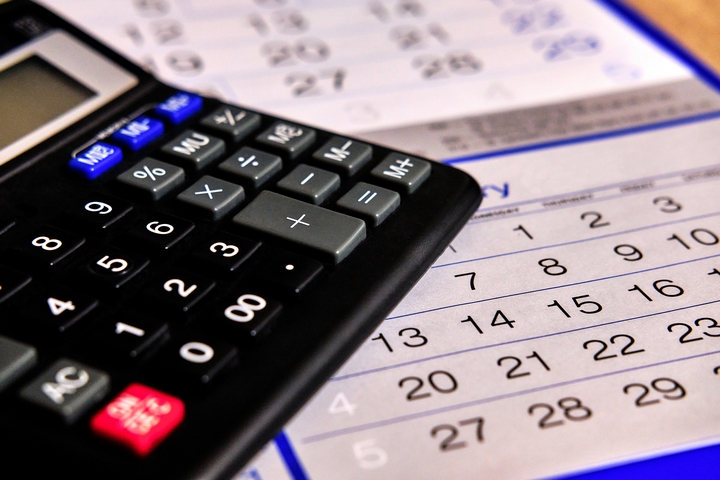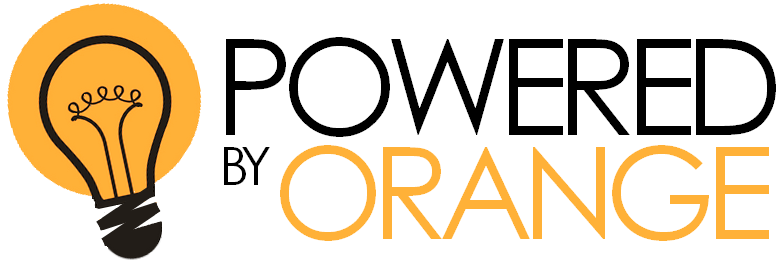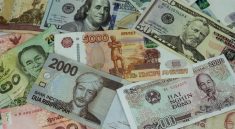The SR&ED tax incentive program is designed to support companies and organizations conducting R&D work. Also known as Scientific Research and Experimental Development, it helps Canadian companies innovate and heavily relies upon to help with expenses.
There is strict regulation regarding claimable expenses regarding what’s eligible and isn’t. Regarding anything you are claiming under SR&ED, ensure you keep thorough records of the process. Show that all demands are complied with to fit your project within the criteria of what SR&ED is.
Let’s learn more about the eligible SR&ED expenditures.
How SR&ED expenditures work

SRED is a dynamic and complex tax program. SR&ED expenditures can be pooled and deducted against future income for 20 years. This is in tandem with the SR&ED investment tax credit (ITC), reducing a corporation’s tax bill and potentially resulting in a refund if the tax payable is less than the value of the ITC.
How much is the SR&ED tax credit?
The limit on the SR&ED varies according to the type of business. Any Canadian-controlled private corporation has access to SR&ED up to 35% of expenditures of $3 million and 15% on amounts above $3 million.
For qualifying expenses over $3 million, you may claim a non-refundable tax credit of 15%. Capital expenses are refundable up to 40%. Individuals and trusts qualify for 15% on qualified SR&ED expenditures.
Any non-CCPC receives a credit of 15% of eligible expenses, non-refundable.
Does your project qualify for SR&ED?

A project that qualifies for SR&ED must meet four standards.
- It must be carried out in Canada.
- The project must be proven to further technical knowledge, representing ‘technological advancement.’
- The project must have overcome technical or technological uncertainty.
- The project must have gone through an iterative process to resolve technological uncertainty.
Activities that fall under SR&ED must be classified under one of four categories:
1. Applied Research
This is work done to advance scientific understanding with a practical application.
2. Basic Research
This is work done to build a scientific understanding through exploration. It does not need to have a specific target application in mind and is more exploratory in design.
3. Experimental Development
This is work done to create or improve products, materials, and processes.
4. Support Work
Support work includes processes described in the prior three categories. However, it relates to either engineering, operations research, mathematical analysis, design, computer programming, testing, psychological research, or data collection.
List of eligible SR&ED expenses

Assuming your project has met the criteria that have been outlined, here are some of the eligible expenses SR&ED you may be able to claim.
- Salaries and wages for personnel directly involved with the qualifying SR&ED project.
- Materials used during the work commission, i.e. supplier invoices, storage costs, and transportation costs.
Overhead expenses
In addition, SR&ED may cover overhead costs. These expenses may not be directly tied to an SR&ED project, but they support the business. Some examples include rent for a facility, utilities (electricity, heat, water), or cleaning costs. Other expenses include general office furniture and equipment, maintenance and upkeep, and property taxes.
Human resources expenses
SR&ED may cover costs associated with human resources, including clerical, office, and administrative support. Other eligible costs include training, preparation of the SR&ED tax incentive claim, technological planning and documentation, long-term planning, and non-specialized tasks.
Subcontractor expenses
If you have hired a third-party or subcontractor to perform work related to an SR&ED project, there are several SR&ED expenses you can claim. It including equipment expenses no matter if the equipment is new, used, owned, or leased.
Be sure to check with your accountant or SR&ED consultant on what is allowed and what is not. Based on the SR&ED program, there is more allowable when it is not a subcontractor or the third party doing the work.
Ineligible SR&ED expenses
Many ineligible SR&ED expenses are not allowed to be claimed. Any ineligible expenses include sales and marketing, the commercial production of a new or improved product, scheduled testing and maintenance, or routine data collection.
In addition, ineligible expenses include updates that relate to style or aesthetics without a functional purpose, research in social sciences and humanities, or prospecting, exploring, and drilling for minerals, petroleum, or natural gas.
When do you receive your SR&ED refund?

After making an SR&ED claim with eligible expenditures recorded, a holding period for processing claims can last up to 60 days. If the claim is accepted and selected for further review, the CRA will process this review within 180 calendar days.
However, if there are errors within the claim, this can elongate the process. In some cases, additional support will be requested to justify certain expenses, which is why it’s so important to keep accurate, up-to-date records.




